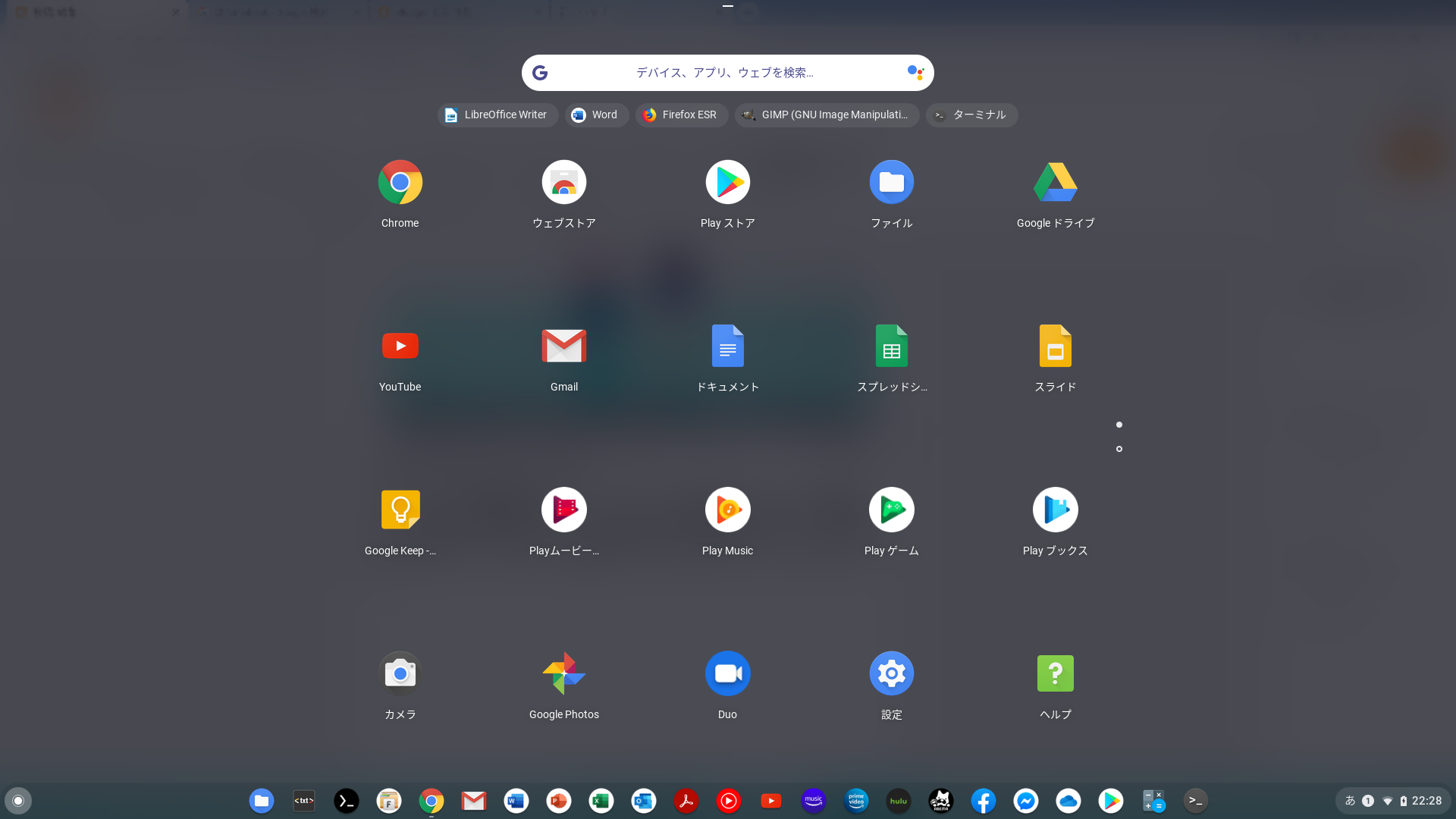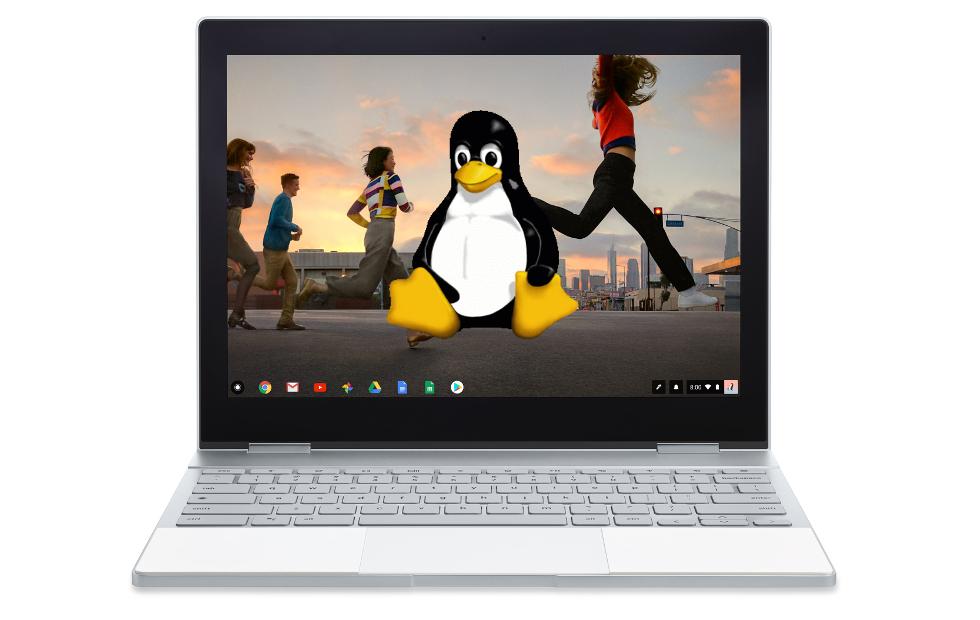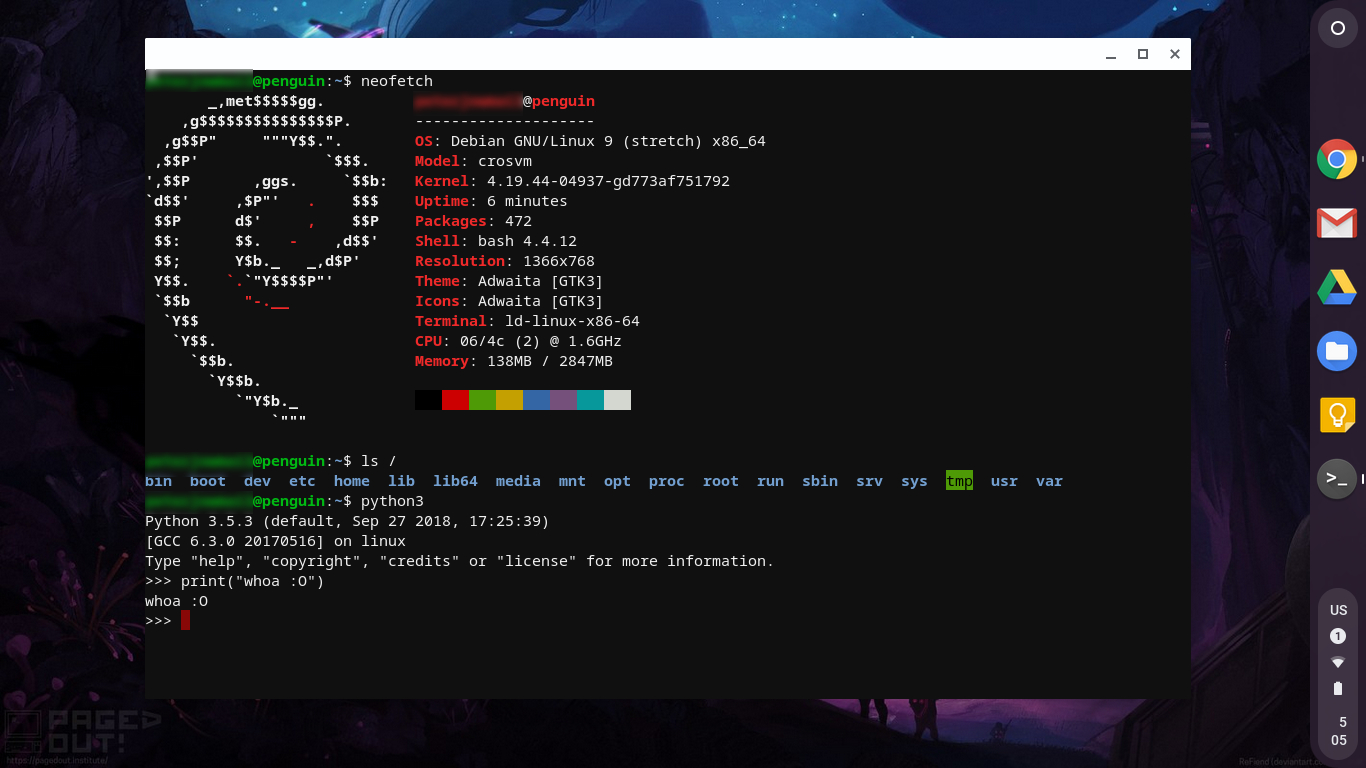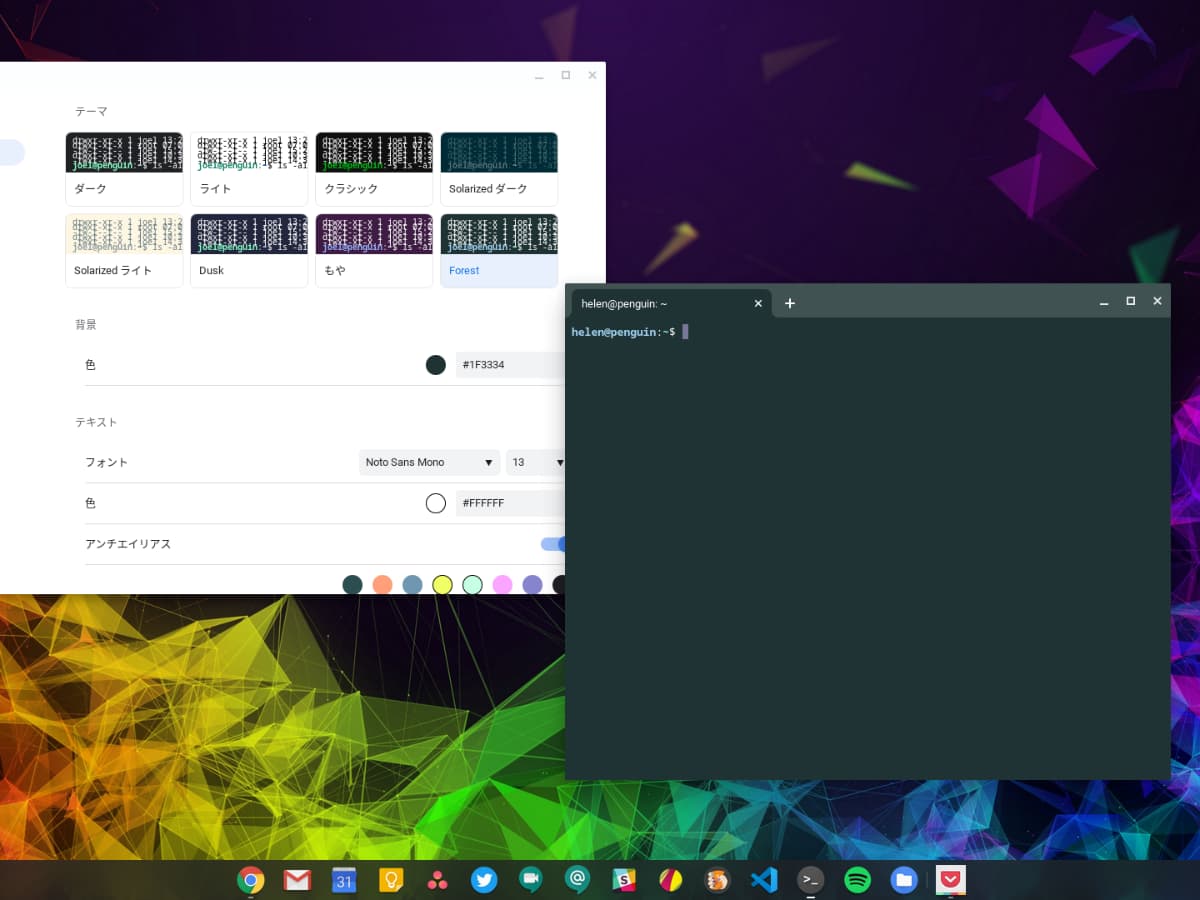

This unit has never buckled under the strain of running ChromeOS with numerous open browser tabs, Android apps in separate windows, and multiple Linux apps under Crostini. Although I have several newer and more powerful Chromebooks, I did the installation on an Asus Chromebook Flip model C213S.įirst released in July 2017, it runs the Intel Celeron CPU N3350 on 4GB RAM. I installed the Xfce desktop and prefer its added feature set and configuration options.



See the details in the Step Four section. Expect better results using a Chromebook that runs on an Intel processor.Ĭrouton installs the current Ubuntu Xenial release and your choice of four desktops - LXDE, Unity, Xfce, or Gnome - depending on which command you enter. Installing Linux distros on some Arm-based Chromebooks may not work. So far, the chroot utility scripts readily available for Chromebooks cater to Debian Linux and the Ubuntu Linux distro. That, however, requires somebody in those Linux communities to create the scripts based on where each distro stores its files. In theory, Chromebook users should be able to use the chroot utility to install most Linux distributions. The term “chroot” is geekspeak for “change root.” Learning the Lingo Crouton is a set of scripts that automatically installs components that create a Chromium OS-centric chroot generator. It provides the environment for a full Linux installation, desktop, and all. The built-in Crostini partition lets Chromebook users run Linux apps much like Android apps, in a walled-off virtual-machine-like sandbox running on top of ChromeOS.Īn alternative approach involves using Crouton. Before that, I toyed with running GalliumOS from a USB drive to turn Chromebooks into Linux boxes without removing ChromeOS.Ĭrostini, Google’s umbrella term for building Linux applications into ChromeOS, installs a command line version of the Linux OS to run Debian Linux apps on supported Chromebooks. So installing a complete Linux distribution - desktop and all - may be a better option for you.Ī few years ago, I played around with a halfway measure to run a KDE desktop on a Chromebook within the Crostini environment. That method forces users to rely mainly on the command line without the added functionality a full Linux desktop environment offers. You may already use the “Crostini” partition to run individual Linux apps alongside ChromeOS. Do you want to run a full Linux desktop installation on your Chromebook without giving up ChromeOS? This alteration will give you access to both complete operating systems running simultaneously so you can move between them with a keyboard shortcut.


 0 kommentar(er)
0 kommentar(er)
